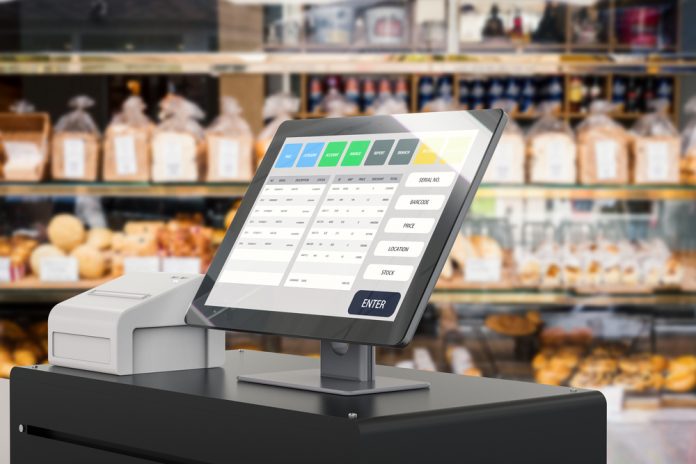Having well-functioning POS solutions for your business is a big success, but it’s not the last step in the process! Your point of sale system may include tempting loyalty programs and discounts, yet it won’t get you far if it’s not integrated with your accounting software. Calculating all the perks manually is overwhelming and prone to human error. Here’s where POS & accounting integration comes to the rescue!
With this article, you’ll learn:
- why it’s important to integrate your POS with your accounting software
- how to connect your POS system to the accounting software
- what are the advantages of Revel + Xero integration
Ready to make your sales and payment workflow easier? Let’s proceed!
Why you should integrate your POS and accounting software
The main goal of integration is using the same data for a wide range of purposes. Think of it as a journey: your POS system is used to list all the items your customers have ordered. All the individual purchases are combined into total daily sales and then larger weekly or monthly revenues.
In other words, POS is responsible for processing dozens and hundreds of individual transactions. It would be incredibly time-consuming to enter every purchase manually into your accounting software. Some accountants simply skip granular purchases and enter the daily or weekly figures only. This way, your accounting records are incomplete — if there’s a single purchase that needs to be altered, you can’t really spot it on the back-end accounting side. Once you integrate your POS entries with the accounting software, your records will become much more transparent and easier to analyze.
This is the crucial reason why POS + accounting software integration will make your life much easier. So, what are the other ones?
Take credit card payments, for example. Most POS systems process credit and debit cards, either with built-in card readers or with third-party scanners. If you’re using an external tool, you need to match the payment from the card reader with the one recorded on the POS system, as they’re detached from each other. This becomes even more complicated when it comes to accounting. You need to record card and cash purchases separately, which is why you have to double-check if the total figures are correct. Quite a lot of hassle, right? Fortunately, a good POS and accounting software integration will do this automatically.
What’s more, POS and accounting integration make things a whole lot easier for your employees. They don’t need to learn how to use both the point of sale system and the accounting software — it’s enough if they’re familiar with POS only. Last but not least, integration makes your business much more scalable. You’ll surely be making some changes along the way when it comes to the pricing, inventory etc. If your POS is connected with the accounting software, you won’t need to enter this data twice.
How to connect your POS and accounting software
With Amaka, you can choose from dozens of seamless accounting integrations designed for the most popular POS systems, including Square and Revel. These can be connected with accounting software: Xero, QuickBooks and MYOB. All you need to do is book a free demo session with an Amaka representative. They’ll walk you through the whole process so you can start enjoying the advantages of integration. Simple as that!
How to integrate Revel and Xero for the best performance
One of the smoothest solutions out there is the Revel Xero integration. Here’s how it helps automate your business operations:
- Multi-venue synchronisation – If you’re running a restaurant chain (or even just two shops), you already know how problematic it might be. With Revel Xero integration, you can send sales totals from multiple venues to either one or many Xero accounts.
- Gift card management – Custom payment types can be confusing — luckily, they’re supported with this integration.
- Per-order sync and summarised sync – Both individual purchases and daily sales summaries are exported automatically to Xero.
- Filters and categories – You can add purchases to different accounts according to your preferred Revel filters. Based on the filters, you can also set up Xero tracking categories.
- Custom synchronisation times – No matter what time zone you’re in or what your business hours are, you can set up sync times to match your schedule.
And there’s much more! You can choose from different invoice formats to suit your needs:
- Sales totals – including total discounts and total service fees
- Product totals – referring to a specific product
- Product category – the total amount for a specified product category
- Product sub-category – to create even more specific invoices
- Product class – total value
Key takeaways for your business
We hope this article has been an inspiration for you. Once you start synchronising your POS system and accounting software, you’ll probably ask yourself why you haven’t done it before. Find out for yourself!
Find a Home-Based Business to Start-Up >>> Hundreds of Business Listings.














































